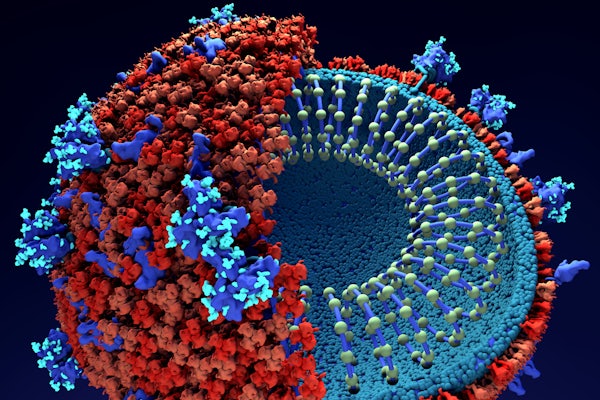BME faculty take part in national COVID-19 research
Faculty members in the Department of Biomedical Engineering are taking the lead on research projects that aim to learn more about the novel coronavirus

Faculty in the Department of Biomedical Engineering are joining researchers around the world to learn more about the novel coronavirus.
Here is a roundup of just a few of the projects that faculty members have been leading.
Nate Huebsch and Jon Silva
Jai Rudra
Michael Vahey and Rohit Pappu
Michael Vahey, assistant professor, and Rohit Pappu, the Edwin H. Murty Professor of Engineering, have joined forces to characterize how particles of SARS-CoV-2, the novel coronavirus circulating worldwide, interact with the human version of angiotensin converting enzyme 2 (ACE-2), the host cell receptor responsible for SARS-CoV-2 infection. Through a series of experiments and simulation, they will obtain quantitative assessments of how the virus particles attach to the receptors via their spike proteins and how long they stay attached.In addition, they will measure the number of ACE-2 receptors the virus particle interacts with on the surface of a cell. Their work is funded by a one-year, $200,000 grant from the National Science Foundation for work specifically related to COVID-19.
Vahey and Pappu are also working with Srikanth Singamaneni, professor of mechanical engineering & materials science, to leverage the results from their studies to functionalize model surfaces using peptides derived from the human ACE-2 receptor. The goal is to develop peptide-based sensors that can be used to detect SARS-CoV-2 on surfaces. Vahey, Singamaneni and Pappu work jointly under the auspices of the Center for Science & Engineering of Living Systems (CSELS), an interdisciplinary center funded by the McKelvey School of Engineering. Pappu is the director of CSELS, and Singamaneni and Vahey are members of CSELS.








